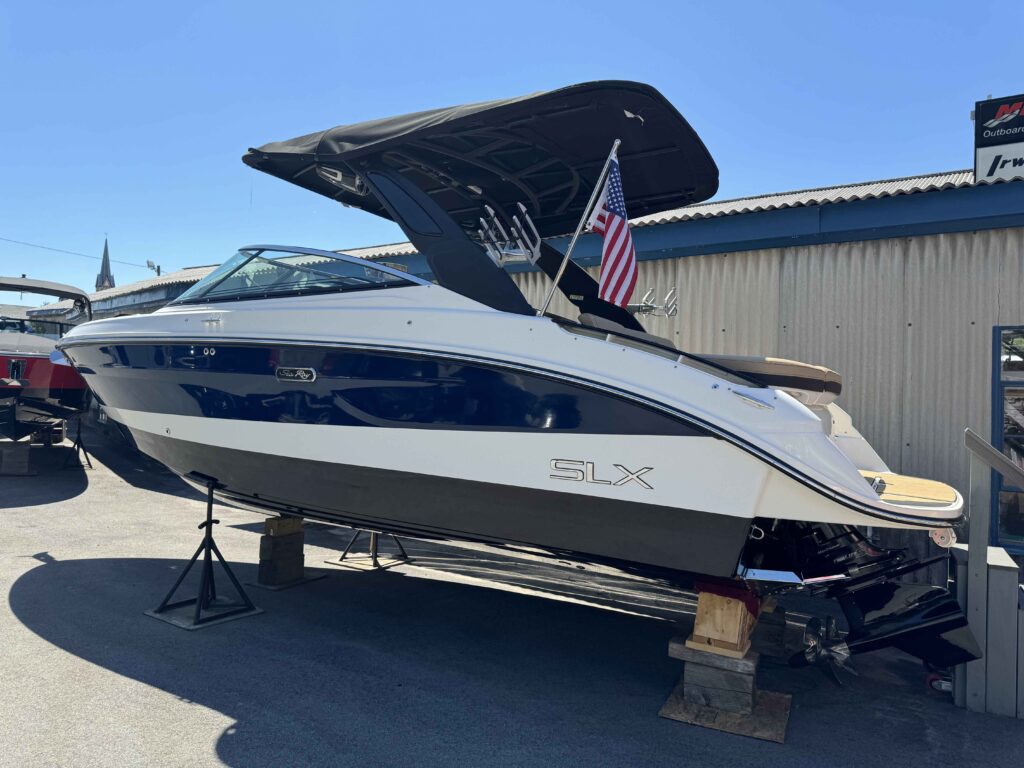Winterization
Why Winterize?
Preparing your boat for winter is essential, whether it’s stored on the water or on land. Proper winterization protects your boat’s engine, including gas inboards, stern drives, and outboards, helping to prevent corrosion and damage. This process may involve using biocides—agents that help eliminate harmful bacteria and protect against material degradation. By safeguarding against rust and corrosion, winterization minimizes the risk of engine and drive shaft damage due to harsh winter conditions.
Importance of Winterization
If water accumulates in any part of the boat, it can freeze and expand, potentially leading to cracks or ruptures that result in costly repairs. Proper winterization helps avoid issues such as mildew and mold growth, as well as corrosion that can harm sensitive engine components.
Reasons to Winterize Your 4-Stroke Outboard Engine
As 4-stroke engines have become more popular, it’s essential to protect them with appropriate winterization techniques. These engines often contain steel and cast iron components that are susceptible to rust. Moisture can condense on finely machined metal parts due to temperature fluctuations, especially on open valves exposed to the atmosphere.
Unlike older carbureted 2-stroke engines that typically retain oily residues, 4-stroke engines require specific attention to prevent corrosion, especially in saltwater environments. Key components, such as valves, rings, and cylinder sleeves, are particularly vulnerable to rust.
If a valve gets stuck due to rust, it can lead to costly damage when the engine starts. Rust on cast iron bores may be scraped off by piston rings upon starting, which can introduce metal debris and cause issues like lower compression, rough idling, increased oil consumption, and higher hydrocarbon emissions.

